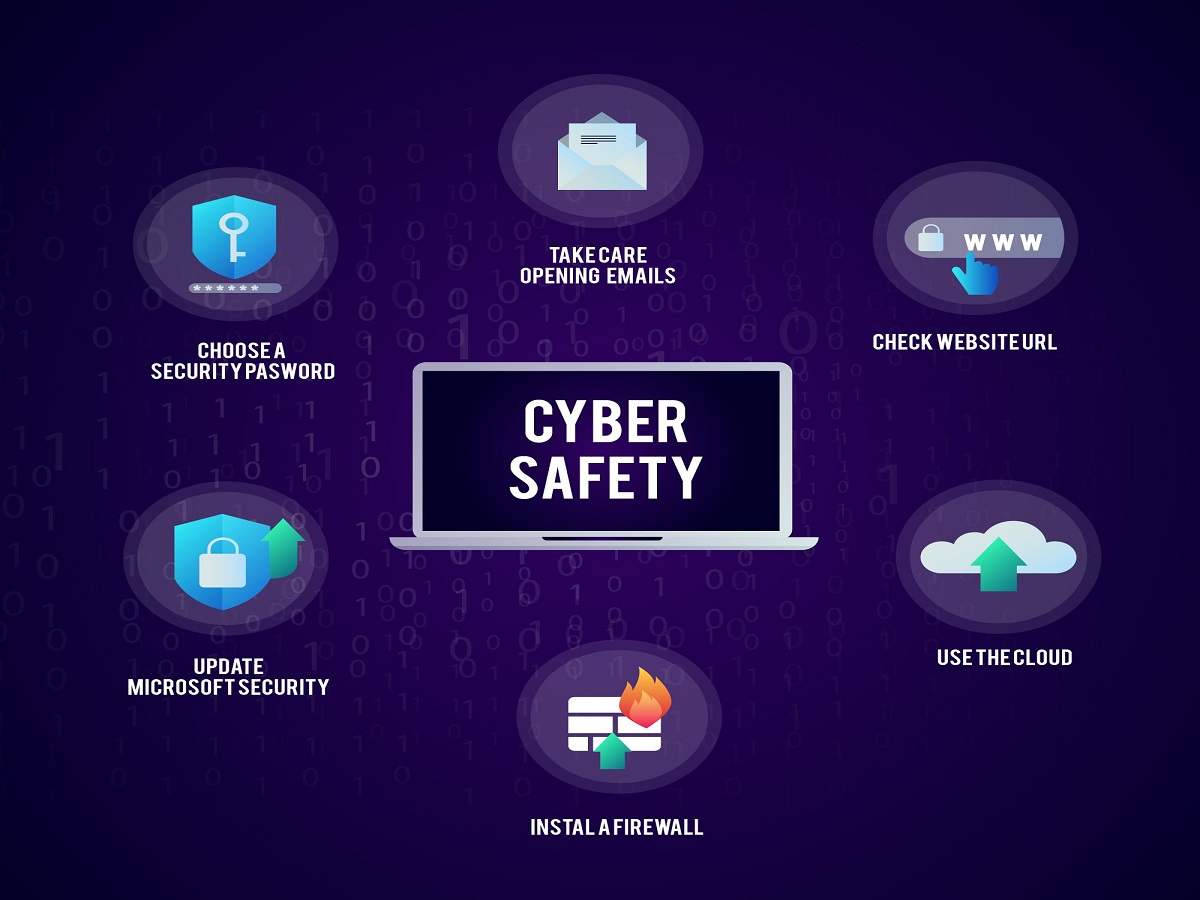In today's digital age, our smartphones have become indispensable companions in our daily lives. From texting and emailing to banking and shopping, we rely heavily on these devices for various tasks. Unfortunately, cybercriminals are well aware of our dependence on smartphones and are constantly devising new ways to exploit them. One such method is smishing, a deceptive form of cyberattack that targets our mobile devices. In this blog post, we'll explore what smishing is, how to recognize it, and most importantly, how to avoid falling victim to it.
What Is Smishing?
Smishing is a clever portmanteau of "SMS" (Short Message Service) and "phishing." It refers to a type of cyberattack in which scammers send deceptive text messages to trick recipients into divulging personal information, clicking on malicious links, or even downloading malware onto their smartphones. These text messages often appear as urgent alerts, enticing offers, or messages from seemingly legitimate sources, making them convincing and dangerous.

Recognizing Smishing Attempts
To protect yourself from smishing, it's crucial to recognize the signs of a potential attack. Here are some common red flags to watch out for:
Urgent Requests: Be cautious of messages that demand immediate action, such as claiming your account will be suspended unless you act now.
Unknown Senders: If you receive a text from an unknown number or an unrecognizable source, treat it skeptically.
Too Good to Be True Offers: If an offer or deal in the message seems too good to be true, it probably is. Scammers often use enticing offers to lure victims.
Spelling and Grammar Errors: Smishing messages may contain noticeable errors, such as typos or awkward phrasing.
Unsolicited Links: Avoid clicking on links in text messages, especially if you didn't expect to receive them. Hover over links to preview the URL before clicking.
Tips to Avoid Smishing
Now that you can recognize smishing attempts, here are some proactive steps you can take to protect yourself:
Verify the Sender: If you receive a suspicious message from a seemingly legitimate source, independently verify its authenticity. Contact the organization directly through official channels to confirm.
Use Security Software: Install reputable mobile security apps that can detect and block smishing attempts.
Enable Two-Factor Authentication: Enable two-factor authentication for your accounts whenever possible to add an extra layer of security.
Educate Yourself: Stay informed about the latest smishing techniques and scams by following cybersecurity news and updates.
Report Suspected Smishing: If you receive a suspicious text, immediately report it to your mobile carrier and the Federal Trade Commission (FTC).
Trust Your Instincts: If something feels off about a text message, trust your instincts and don't engage with it. It's better to be safe than sorry.
Pravin Chandan, concludes smishing is a real threat in the digital world, but with awareness and vigilance, you can avoid falling victim to these deceptive attacks. By staying informed, verifying messages, and following best practices for mobile security, you can protect your personal information and maintain your cybersecurity. Remember, your smartphone is a valuable tool, so keep it secure to enjoy all the benefits it offers without the risks of smishing.